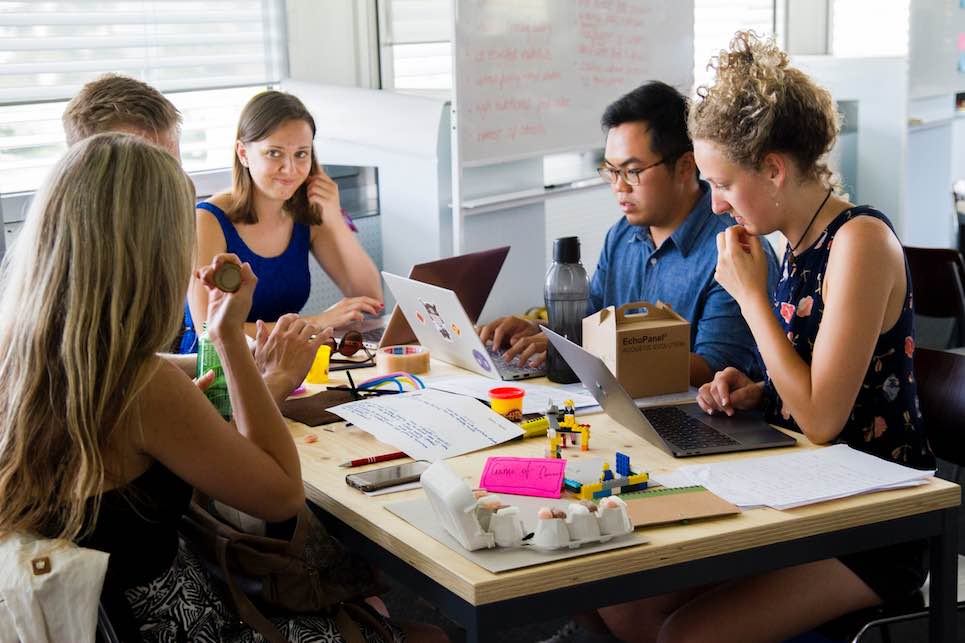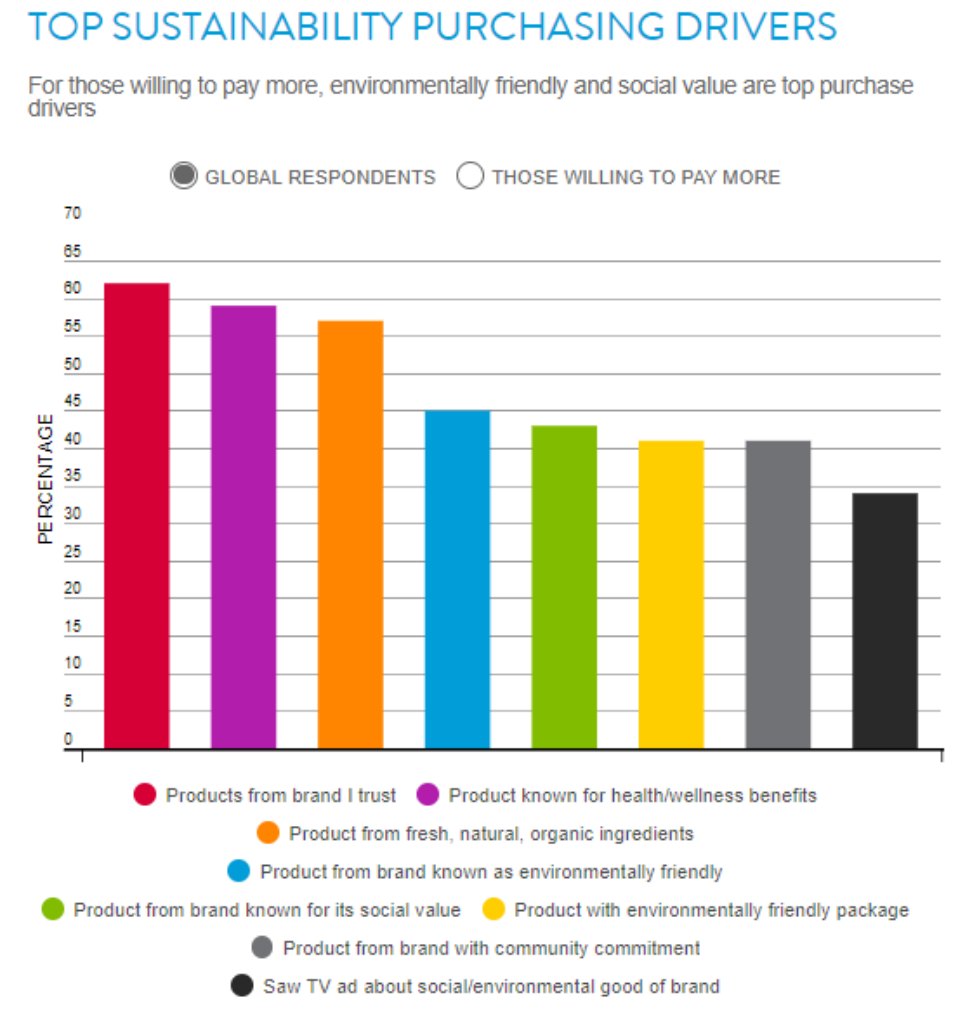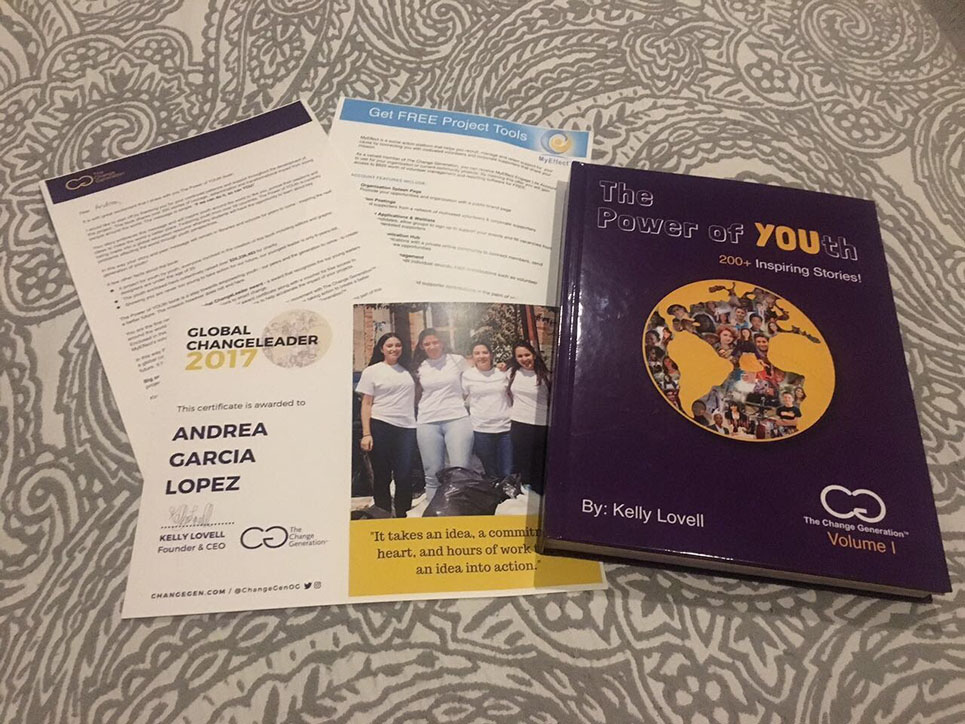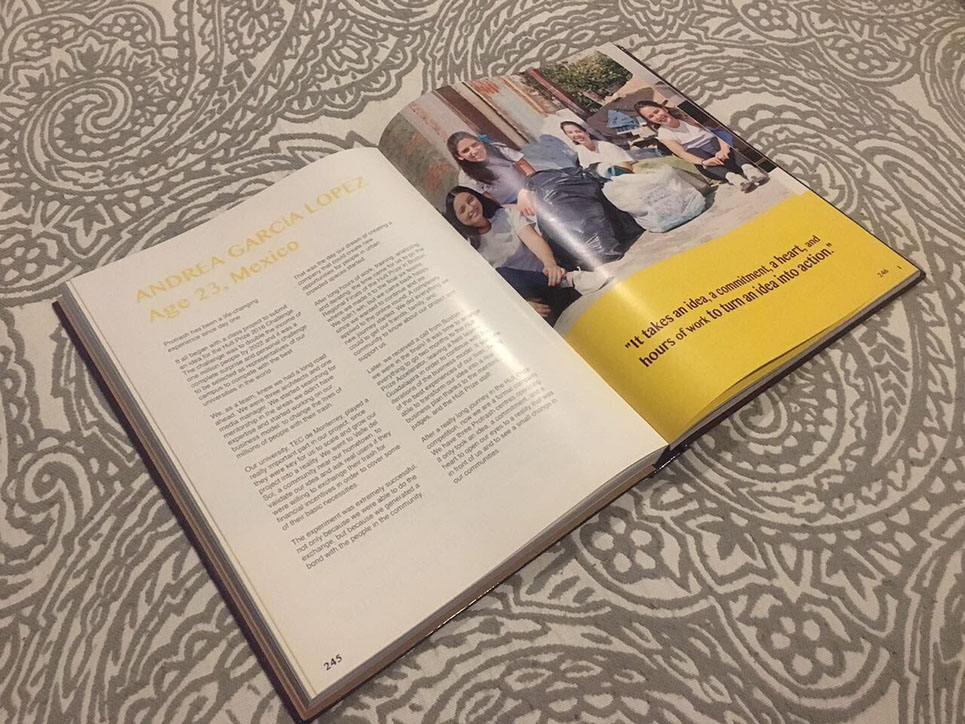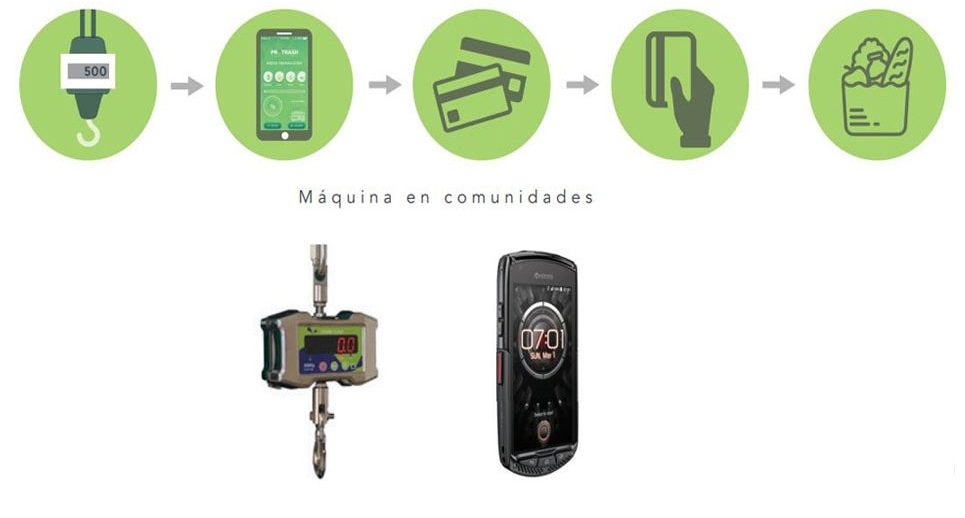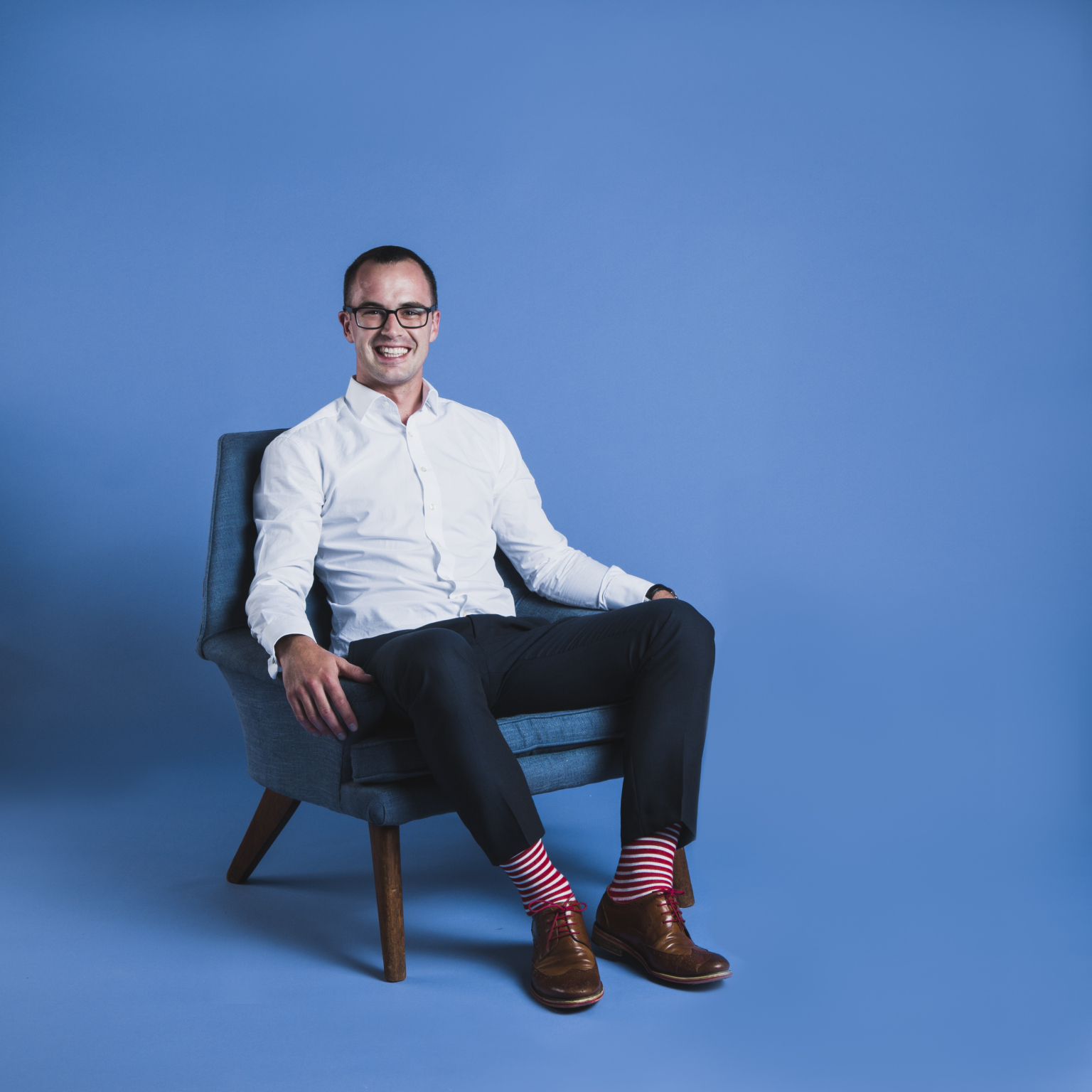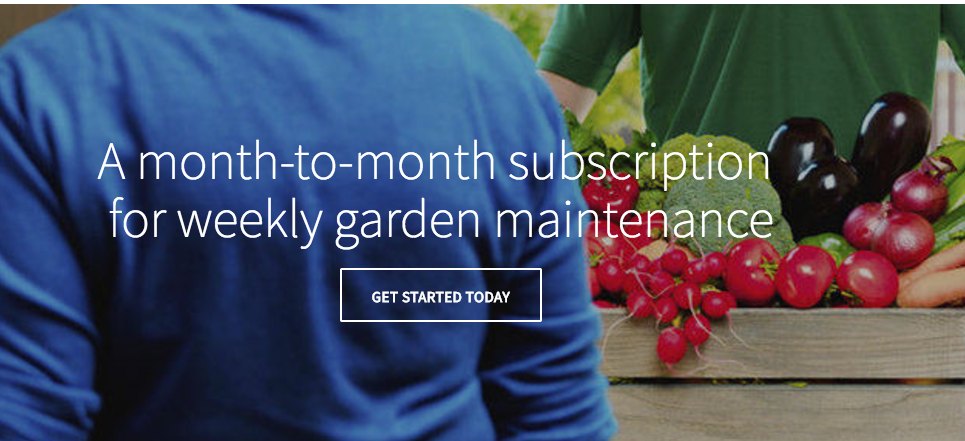Being an entrepreneur is a tough, lonely life at times. We’re the ones who trade nights out with friends or Netflix binge-watching sessions for strategy meetings and business growth development. We often spend a lot of time on the road, and in our travels, so podcasts can be a great way to learn some new business strategies, get inspired, or hear the best hard-fought success stories out there. That’s why I hand-picked 15 of my best podcasts for entrepreneurs for 2018 here.
I love listening to podcasts. Often when I’m knee-deep in editing and formatting, I put on a podcast or two to inspire me while I catch all those typos and missing hyperlinks. It can be a great way to spend a few hours on the road too. You can often catch me listening to a few of my favorite podcasts on a long flight to a conference. The best podcasts make the time go by so much faster, right?
What makes a great podcast for business leaders?
A great podcast for entrepreneurs is defined by a simple principle — are you going to learn something meaningful that you can implement into your life and business strategy? Great podcasts not only entertain, they inform. They provide insights you can’t get anywhere else. When I become addicted to a podcast, it’s usually because the interviews are fresh. And, when the interviewers are curious, I know I’m going to learn something.
I’ve chosen these top podcasts for entrepreneurs with you all in mind. Not only do business owners need motivational and inspirational, we need strategies that we can actually use.
The Best Podcasts Let You In
The greatest podcasts — full stop — are the ones that aren’t afraid to go there. By ‘there’, I mean to let us into the struggles, the failures, the times in the entrepreneurial journey that aren’t so great. I’ve listened to hundreds of podcasts in my own personal journey as an entrepreneur. These are the best business podcasts that I personally bookmark, go back to, and listen again, and again. Some are geared towards the small business owner, some help you with your inner game, some share practical insights and strategies.
Making this list I was reminded of how vital it is to listen to other’s stories of failure and success. We all can’t get to meet the influencers and leaders of our day in real life, so podcasts are a great way to ‘sit at the table’ with these leaders. I love when I learn a new tidbit, strategy or insight from someone that I thought I knew. Podcasts can do all of that. I encourage all of you to take some time this week and just listen. Hey, you just might learn something!
Without any further ado, here are the best podcasts for entrepreneurs in 2018!
1.The Gary Vee Audio Experience
There is no holding back when it comes to the real deal advice, candor, and discussions you get with Gary Vaynerchuk. We’ve been a fan for many years, watching as he continues to grow his media empire.
This podcast is filled with informative strategies and advice from the master of ‘tell it like it is’ entrepreneurial advice. The future is audio, claims Gary Vee and you can tell he puts a lot of time and effort to bring business leaders the information and strategies that we need. You’ll get a mix of relaxed, informative talks as well as the feature where you can ask Gary anything in #AskGaryVee show episodes.
2. The Joe Rogan Experience
Whether you are already a fan of Joe Rogan or not, this is a great podcast. While some might not consider this a typical entrepreneurial podcast, I say this is one of the best around. With topics such that tackle the future of work and life as we know it, Joe Rogan doesn’t shy away from the controversial topics as well.
He also covers topics such as health, fitness, and is a big supporter of the cannabis movement. While this podcast does feature heavy hitters and celebrities, the discussions are frank, honest, and always entertaining.
Watch Joe Rogan interview author, director, and anthropologist Sebastian Junger. They discuss modern society, namely the cutoff existence we all find ourselves in, which can be lead to nation-wide depression. As the future of work changes, these kinds of discussions are so important:
[vc_video link=”https://www.youtube.com/watch?time_continue=40&v=W4KiOECVGLg”]
3. The Tim Ferris Show
With over 300 million downloads, best of iTunes accolades, the Tim Ferris Show isn’t going anywhere any time soon. Tim has interviewed thousands of business leaders as well as celebrities in his own style, full of gritty strategies and business truths.
Covering everything from Blockchain, to the inner game of the entrepreneur, Tim keeps the content fresh, inviting and definitely entertaining. If you are looking to up your business goals, this is a great place to visit and have a listen.
4. The Motivational Millennial Podcast
With a focus on the inner game of the entrepreneur, hosts Ivy LaClair and Blake Brandes speak with a myriad of leaders, from musicians to business leaders all with the goal to discussing our purpose on this planet.
If you need some insights on how to get your mindset geared towards success, this is a great podcast to spend some time with.
5. The Growth Now Movement
If you want to manifest greatness in your life and in your business, the Growth Now Movement podcast is definitely worth your time. With interviews from Fitness Gurus, business leaders, stand-up comedians, this edgy podcast delivers the hustle and strategies social impact leaders like you need to grow your business. Entertaining and educational, this is a podcast you won’t want to miss.
Check out this interview with stand-up comedian, actor, reality tv host, Bert Kreischer on storytelling (and how not to lose your virginity). Did I say this was entertaining?
6. Entrepreneurs on Fire with John Lee Dumas
Seven days a week, host John Lee Dumas releases another entrepreneurial gem, interviewing celebrities, business leaders in this interview-style podcast that has certainly caught fire over the past few years. Interviews with leaders such as Seth Godin, Tony Robbins, Tim Ferris, Barbara Corcoran and more share their strategies for growth, insights into their successes and failures and so much more.
Check out our very own CEO and Founder of Change Creator, Adam Force imparting some truth bombs on the Entrepreneurs on Fire.
7. Leadership and Loyalty with Dov Baron
Dov Baron is a master leader and inspirational speaker. We also featured Dov on our Best Leadership Podcast super list!
Dov is a one-of-a-kind motivational speaker that tells us, not what we want to hear, but what we need to. His frank candor and energy is refreshing and cuts through the noise online. Let’s face it, being a business leader is a tough life and Dov makes nothing sound easy, but what he does do is offer valuable business insights, tough-talking points we need to hear, and motivation in the form of practical tips we all need to implement.
8. Addicted to Success with Joel Brown
Joel Brown is a superhero in the Change Creator world. Not only is he our Issue #3 cover story, we consider him a dear friend and inspiration around here. With the Addicted to Success podcast, you can feel his immense energy, his natural curiosity, and interest in his subjects at every turn.
Joel interviews startup founders, business leaders, small business leaders, founders, motivational speakers, celebrities and more on his podcast. Joel’s interviews continue to be a leading source of motivation and real actionable business strategies along our own entrepreneurial journies here at Change Creator.
One of the insights he shared with us in our exclusive interview with Change Creator, way back when in Issue #3 was the principle of Time vs Energy. We’re all given the same amount of time in each day, it’s how we spend our energy that really matters and one listen to the Addicted to Success podcast shows how much energy and passion Joel puts into his podcasts.
Two of our favorite Addicted to Success podcasts from 2018:
Garrain Jones is a transformational leader and public speaker who is all about breaking through barriers. Here Joel and Garrain talk about living a courageous life, full of passion discussing the power of telling a great story, how that can expand your network and net worth.
Getting your impact story out there is vital if you want to succeed as a purpose-driven entrepreneur and in today’s world, there’s no better way than to actually get on a podcast! If you want to break through the digital noise and not only secure a spot on the top podcasts, but have a podcast that will truly inspire and breakthrough, then listen to this interview which clearly outlines the simple, effective steps you can take to get interviews.
9. Tony Loyd — Social Entrepreneur
The passion for social impact shines through in Tony Loyd’s podcast as he interviews some of the world’s greatest social entrepreneurs with wit, humor, and genuine interest. Listen to some of the most provocative, soul-changing business stories from the front lines of social impact in this podcast that is a definite must-have on our best entrepreneurial podcasts for 2018 list!
Tony Loyd also interviewed our fearless leader, Adam Force as well. Listen to his interview as the two fellow, mission-driven entrepreneurs and podcasters swap stories. How do you make a living doing something meaningful? They discuss Adam’s personal story and early businesses before Change Creator and the transformational journey that Adam had leading up to Change Creator. This interview was done just before Issue #4 and is packed with early insights on what motivated Adam to start and grow Change Creator from the beginning.
10. Perpetual Traffic Podcast
Here’s where we get to the nitty-gritty of marketing and building your business online. Learn tips from the pros on how to lower your ROI costs, delve successfully into the world of Facebook marketing, get more relevant traffic and more. A must for any business leader that wants to grow their online presence and make more money.
The weekly podcast is produced by Digital Marketer and hosted by Keith Krance, Ralph Burns (Dominate Web Media) and Molly Pittman (Digital Marketer). Not only do they share their personal growth hacking insights, they often interview real business owners and discuss the struggles, challenges, and nightmare scenarios they overcame in the world of digital marketing. Learn the secrets of how to create passive income, gain more followers, get more conversions, and organic traffic from real deal experts and business owners.
11. Your Kick-Ass Life Podcast with Andrea Owen
You are going to need to have a kick-ass life if you want to be a kick-ass entrepreneur. Andrea Owen isn’t afraid to dig deep into life, her own experiences, and story to share insights on how to live a kick-ass life. Geared toward the busy, hustler generation, Andrea’s thoughts on everything from the mental game, goal setting to technology are fresh and fun. Tips on things such as social blocking and productivity are helpful, I’ve learned a lot about time management and goal setting on this quirky podcast.
12. The School of Greatness Podcast with Lewis Howes
“You can ride a wave or you can start a wave.”
Former professional football player Lewis Howes is next on my list with The School of Greatness podcast. Not only does he seem to pull out great stories from all of his guests, this podcast is full of actionable advice that we all need to hear.
A great question-asker, Lewis seems to pull the best stories, insights and truth from his guests and it’s a pleasure to listen too. With interviews from professional athletes, the best business minds in the country, influencers and celebrities, there is something for every business owner, no matter how far or how long you’ve been on this journey.
Humble the Poet — A Lewis Howes Exclusive
Lewis Howes interview with spoken word poet, Humble the Poet is a great example of why I love this podcast so much. With sharp candor and fresh insights, Humble the Poet shares how we control our destiny — it is up to all of us to start our own wave and keep going. That’s what I love about this episode, watch here:
[vc_video link=”https://www.youtube.com/watch?time_continue=2&v=dv5OBNIg-rk”]
13. The Smart Passive Income Podcast with Pat Flynn
Passive income is a dream. If you can make money in your sleep, you have a business, if not, you’re still just trading time for money. In this podcast, Pat Flynn breaks down the challenges of earning passive income while providing some proven strategies to earn money online. Here you’ll get into the more tactical information too, like how to write sales copy that works, how to earn more media exposure, and how to run a contest to build your email list. If you want to grow your online business, I strongly encourage you to bookmark this podcast and come back often.
14. Unemployable with Brian Clark
Brian Clark, founder of Copyblogger and 7 other companies hosts this podcast where he interviews business leaders and influencers to talk about the challenges and pitfalls of entrepreneurial life. With topics that cover the fundamentals, such as entrepreneurial habits, to insightful interviews from all parts of the business journey, Unemployable is a go-to podcast for any serious business owner. Listen to one of my favorites, about a partnership gone wrong, that worked out so good: Picking Up the Pieces when a Partnership Implodes, with Jordan Harbinger.
15. Change Creator Podcast with Adam Force
This list would not be complete without a shoutout to our very own leader of the Change Creator crew, Adam Force. The Change Creator podcast features the world’s most successful business leaders, marketing and branding professionals, celebrities, and influencers. It’s a great mix of practical insights and storytelling from the front lines.
With interviews and frank discussions from world leaders such as Nobel peace prize winner Muhammad Yunus, marketing guru, Seth Godin, motivational superstar, Jay Shetty, just to name a few, the Change Creator podcast is a fresh take on modern business, with a social impact twist.
In the Change Creator podcast, we get to see the intensely curious Adam Force delve deeper into the lives, challenges, and strategies from the most successful leaders on our planet all with the goal of helping others grow their business and their impact.
I have personally listened to most of these interviews, but I do have some favorites, of course. One of my personal favorites is when Adam interviewed social activist, Sonya Renee Taylor to discuss how she grew her business, The Body Is Not An Apology form a poem to a worldwide phenomenon. I also was deeply moved by his exclusive interview with Dr. Muhammad Yunus — Solving Big Social Problems with Small Steps which showcases a personal and professional high for sure.
Some of the other Change Creator podcasts that make it to my top ten list are:
Kelly Campbell
Kelly Campbell: How She Sold Her Second Company and Created a New Meaningful Business She Loves — Adam and Kelly share an honest, lively discussion on how she went from an agency owner to helping agency owners grow their businesses.
Jake Orak Follow-Up
Jake Orak: How do you lean into your social mission to differentiate your business? Here our first cover story, Jake Orak breaks down the real struggles and challenges he went through growing Ethnotek bags. It is a refreshing look into what can really happen when you are on the ground running a social impact business.
Jay Shetty
Jay Shetty: What is Storytelling and What Makes a Good Story? This podcast features the captivating and well-spoken Jay Shetty, an online phenomenon. Here he breaks down the strategies behind his viral videos and what’s led him to this massive success he’s found online.
Guy Kawasaki
Guy Kawasaki: Pulling Back the Curtain on Startup Success – Listeners get to sit at the table with one of the most successful entrepreneurs on the planet as Adam and Guy dig deep into what it really takes to grow a startup.
Mallika Dutt
How to Use Pop Culture to Tackle Human Rights with Mallika Dutt — This was one of the earlier podcasts but it still holds a special place in my heart as I was introduced to one of the fiercest rabble-rousers out there, Mallika Dutt. As a woman entrepreneur and leader, she shares her strategical approach to rapid growth and starting a movement that saved women’s lives with Breakthrough.
Seth Godin
Seth Godin: What it Takes to be a Great Leader That Impacts the World — You would never know that Adam had mere minutes to prepare for this interview with Seth Godin as their candor and discussion is hyper-focused and right on point. We’re still talking about the insights in this podcast around these parts, as Seth breaks down the role of leadership in these changing, exciting times.
Dov Baron
Dov Baron: How Do You Find Purpose and Build Your Personal Brand — Sometimes a podcast can come into your life and just knock your socks off! That’s what happened to me when I first listened to this exclusive Dov Baron interview full of passion and kick-me-in-the-face truths all entrepreneurs need to hear (even if we don’t want to).
Bustle
And finally to round off my top ten:
Interview with Bryan Goldberg and Kate Ward from Bustle: This is always going to be known as the interview that made me want to join Adam as a partner here at Change Creator. For several months, Adam and I talked and strategized about scaling this media company, but I was super hesitant to jump in and really take it on. Then, he shared this interview. The rest, as they say, is history. Bryan and Kate showed me the possibilities in growing a media company and from that moment on, it’s all I’ve wanted to do with my life. That’s the power of a great interview. Thanks guys!
FAQ: Frequently Asked Questions
Successful people surround themselves with inspirational people. They love to listen to podcasts for leaders, such as the Dov Baron podcast, or they like to listen to the popular ones such as The Tim Ferris Show, Masters of Scale, but we would also recommend the Rise Project.
If you want to be the CEO of your company, you need to listen to the podcasts that leaders do. We recommend the Leadership and Loyalty Podcast with Dov Baron, Coaching for Leaders with Dave Stachowiak and Dose of Leadership with Richard Rierson.
Before you start a podcast, think about what your audience is most interested in and go as niche as possible with your topic. Find smart, niche-related people to talk to and map out your first 10 podcast interviews. Invest in a decent microphone and editor. You can get up and running fairly quickly if you have a plan.
My Final Thoughts
And there you have it — 15 killer entrepreneurial podcasts you have to listen to this year and beyond. Listening to podcasts can have a huge effect on your life and on your business. I implore you to take some time and have a listen.
Do you have any awesome entrepreneurial podcasts I haven’t included? Comment below with your top picks and I just might add them to my list.
You might also enjoy:
23 of the Best Leadership Podcasts You’ll Love [New 2019 Picks!!]




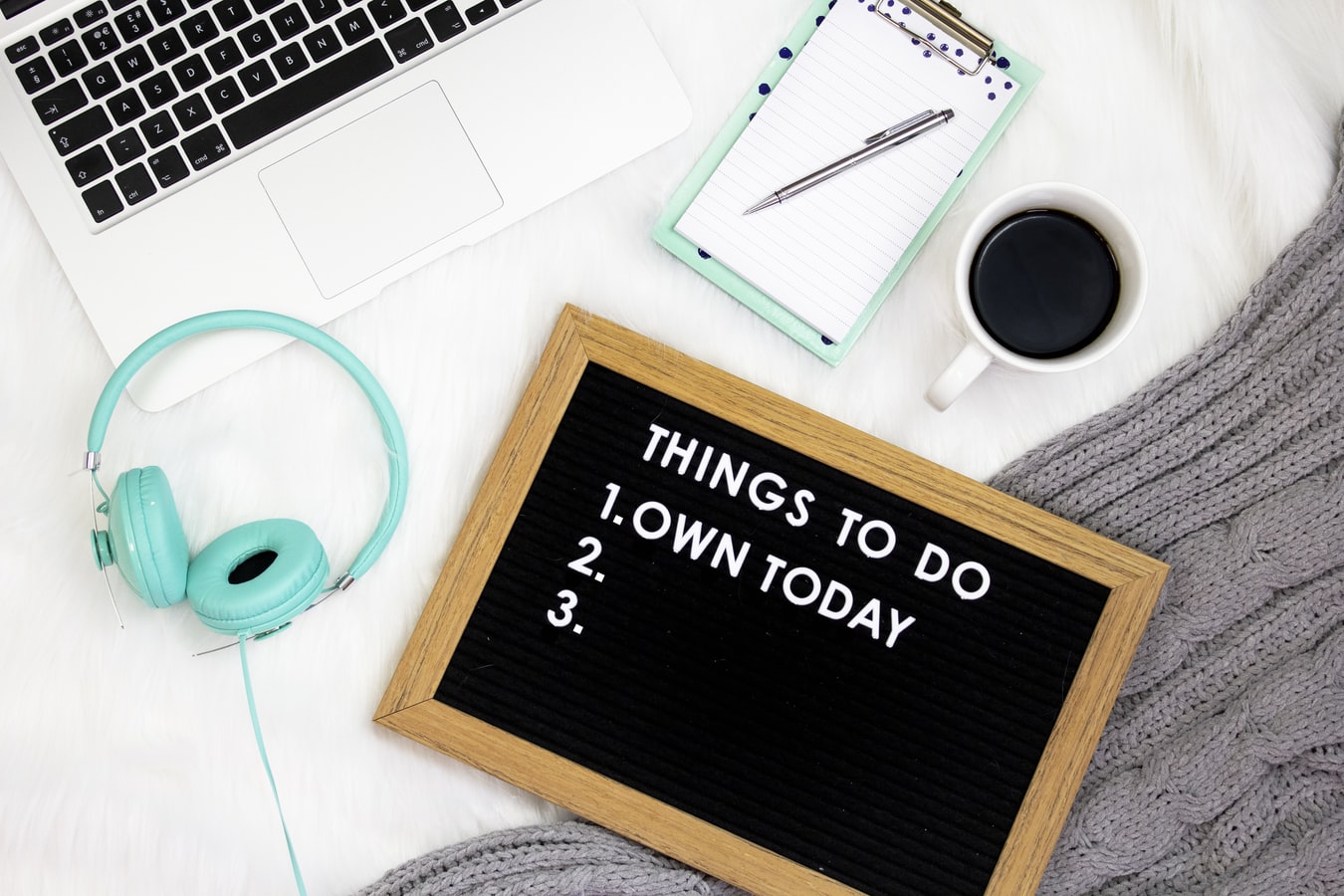


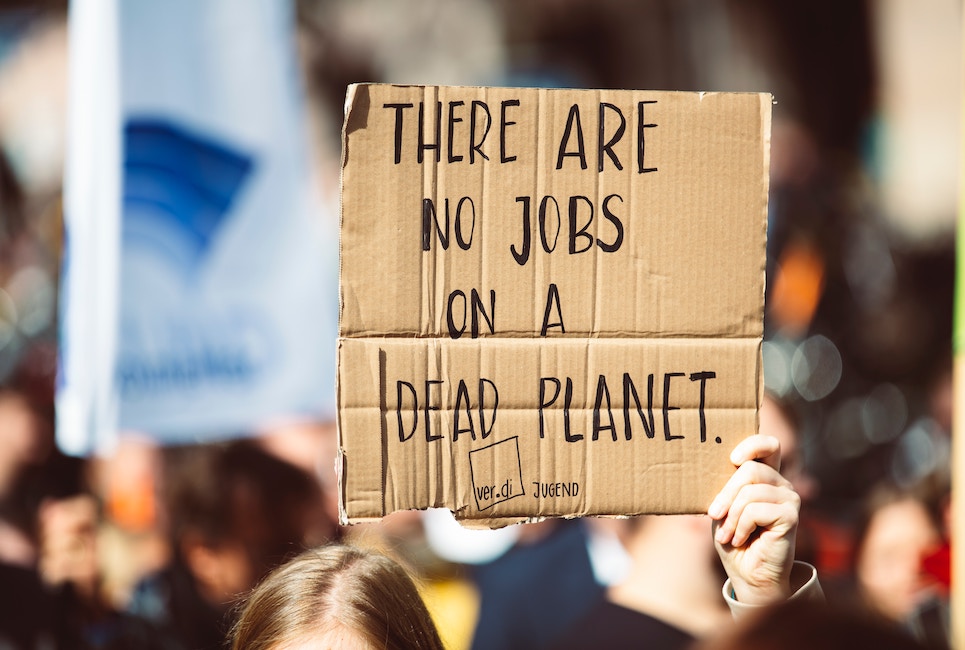




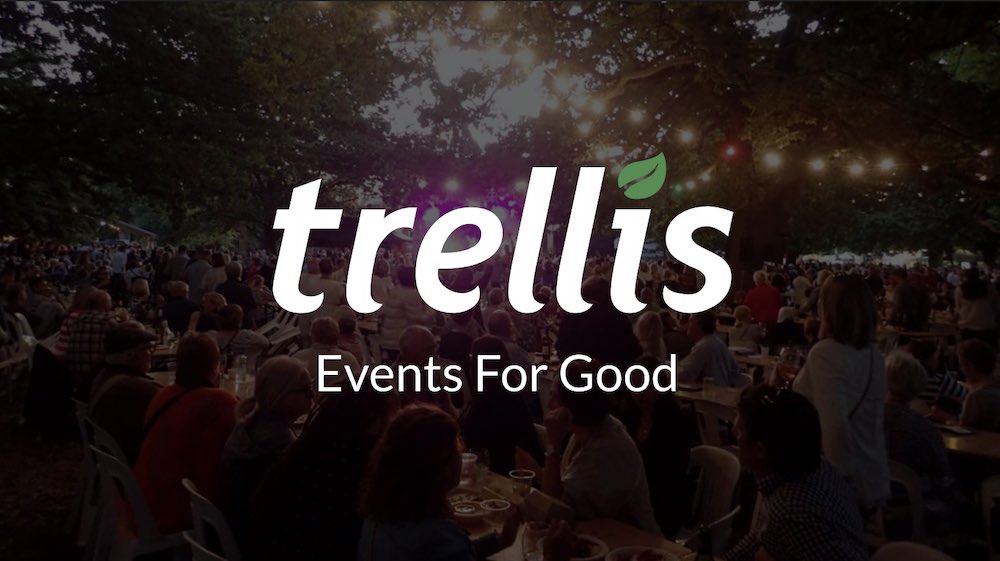










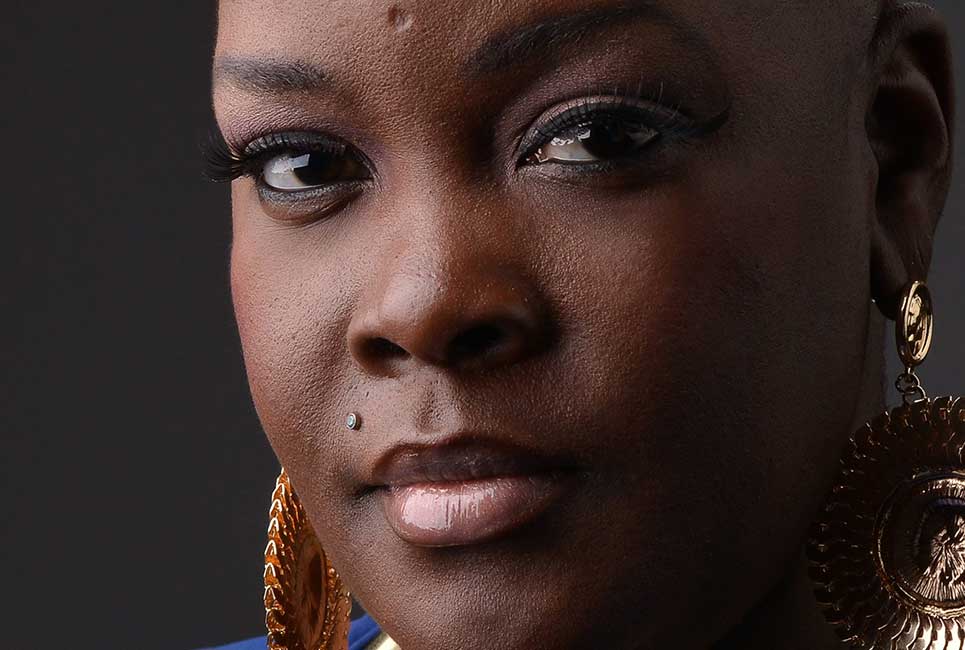




 A Focus on Relationships
A Focus on Relationships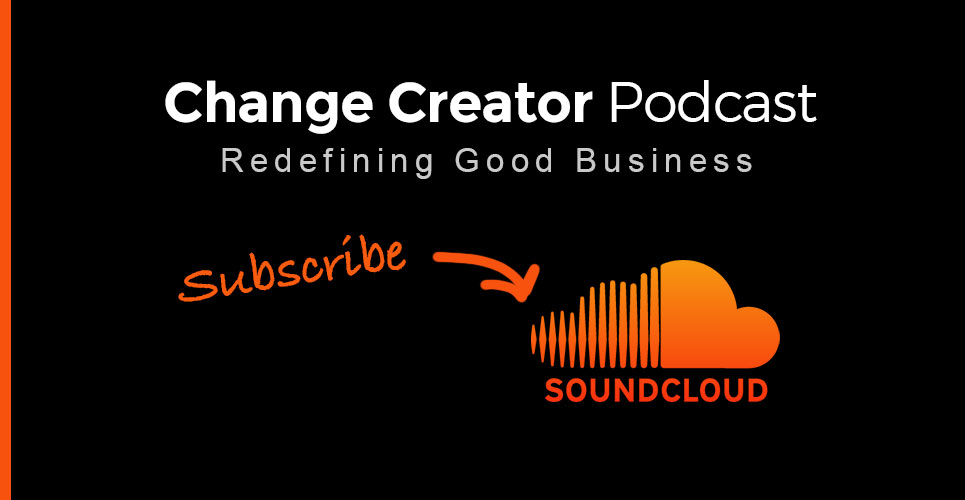


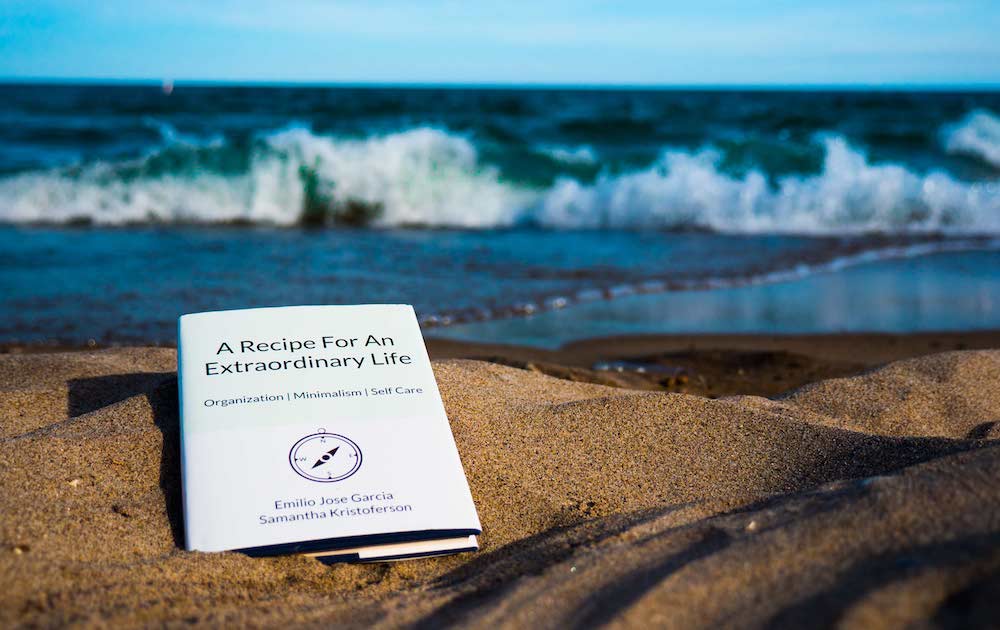
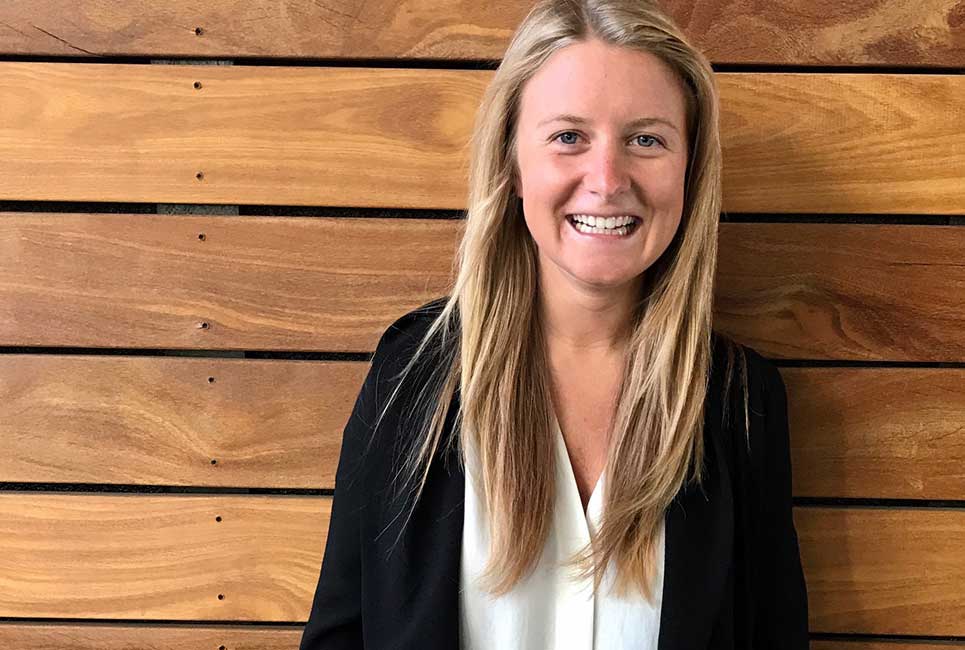









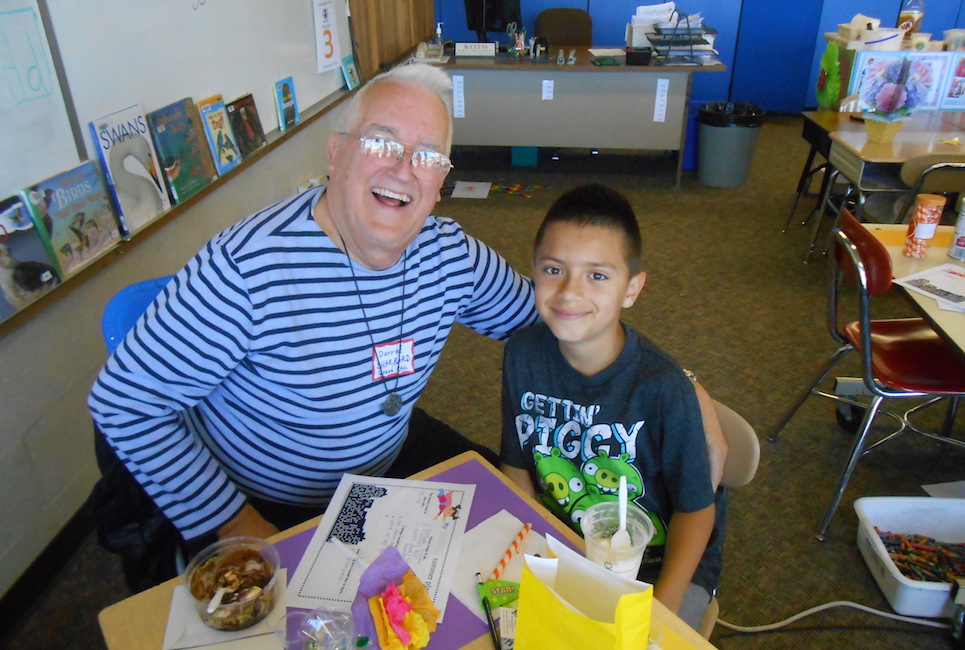









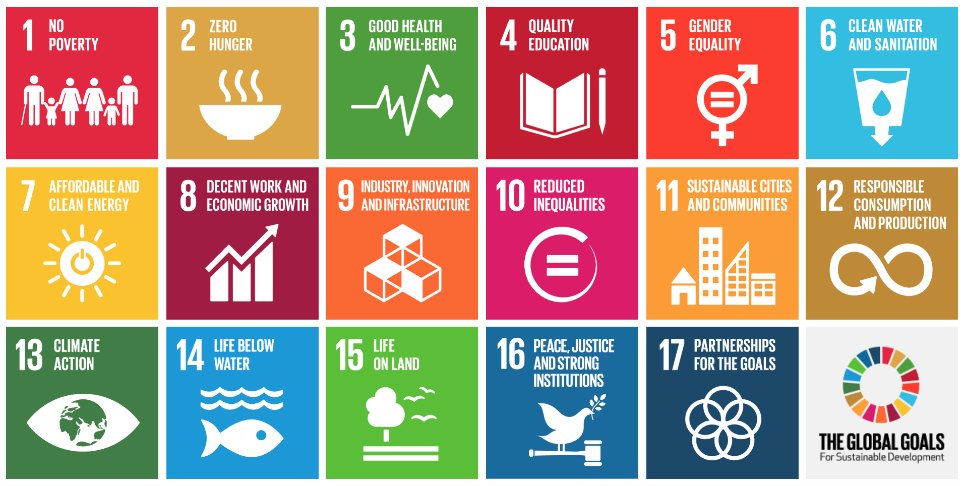



 Turn Existing Businesses Into Social Enterprises
Turn Existing Businesses Into Social Enterprises







